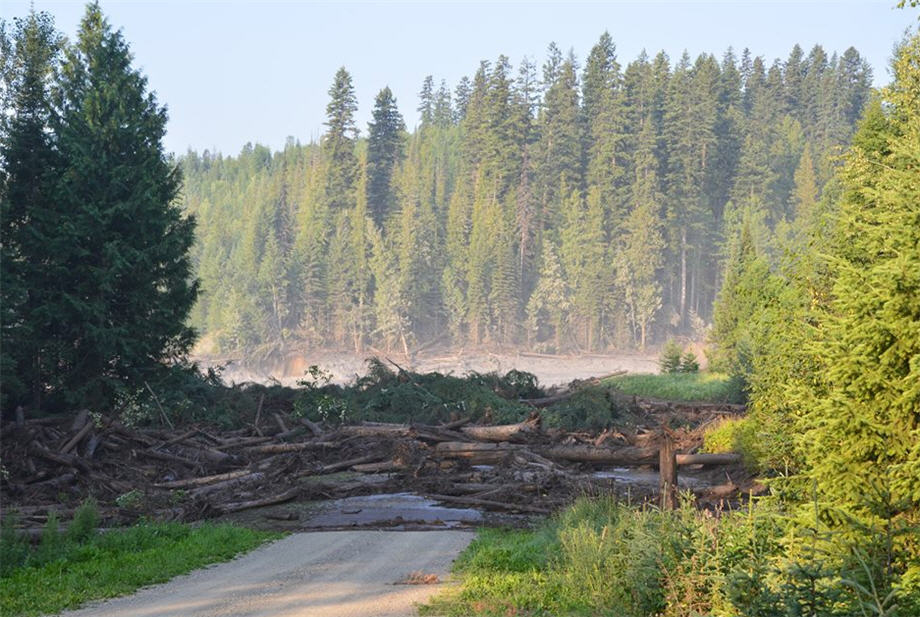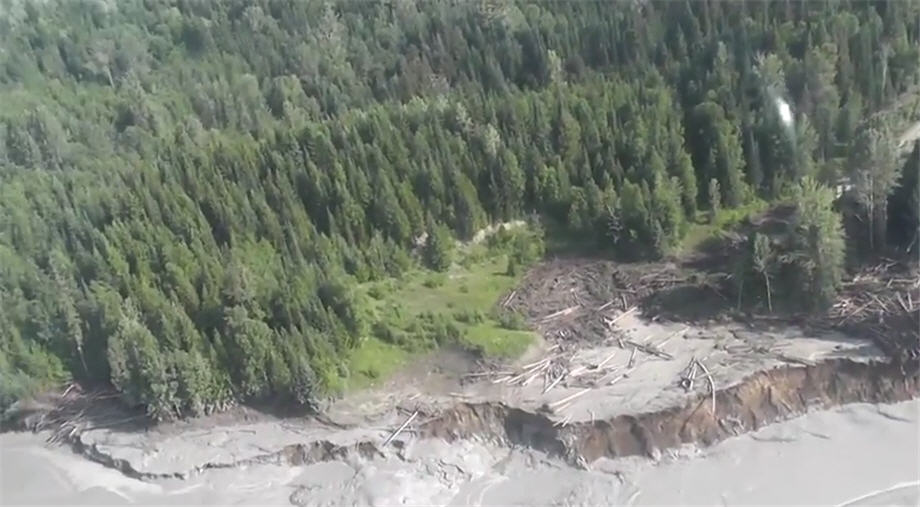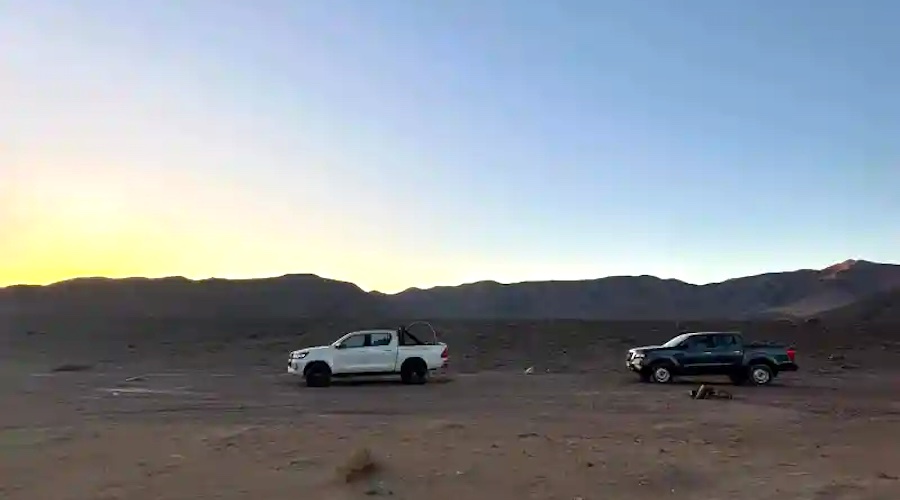Report on what caused Mount Polley disaster expected this week
The highly anticipated final report from an independent expert panel probing the tailings storage facility breach at Canada’s Mount Polley mine last summer is expected to be released on or before Jan. 31.
Imperial Metals’ (TSX:III) open pit copper and gold mine located in central British Columbia gave way on August 4, sending the equivalent of 2,000 Olympic swimming pools of potentially toxic mining waste into Hazeltine Creek and Quesnel Lake.

Image from Cariboo Regional District
And while the mining company has conducted its own environmental monitoring and studies, the report expected this week is set to disclose results of a six-month geotechnical inquiry by an independent panel of engineers, leading to new safety standards for the entire Canadian mining industry.
According to The Globe and Mail, the findings could pave the way for the partial reopening of the mine. But before any fines or prosecution may be determined, authorities will have to wait for the results of other two investigations not yet published.
One of those probes is one being conducted by the Chief Inspector of Mines. The Conservation Officer Service, a law-enforcement body that would send any recommendations for charges to British Columbia’s Crown Counsel, is leading the second investigation.

Image from Cariboo Regional District’s YouTube channel
Rating won’t be released
What the public will never know, however, is an industry rating for Imperial Metals’ management of the water and potentially toxic finely-ground rock from the mine, as the Mining Association of Canada decided this week not to release it.
The Vancouver Sun reports that the company was supposed to unveil its tailings management grades for Mount Polley — as part of a program to improve mining practices — for the first time late last year:
At least one member of a community of interest advisory panel for the mining association says the grade should have been reported out, as the idea behind the five rankings (ranging from C to AAA) is to provide transparency and accountability to the public.
Imperial Metals recently released a summary of its testing program on affected waters and sediments since the breach, concluding it was impossible to find toxicity that could be attributed to metals concentrations.
More News
{{ commodity.name }}
{{ post.title }}
{{ post.date }}





Comments